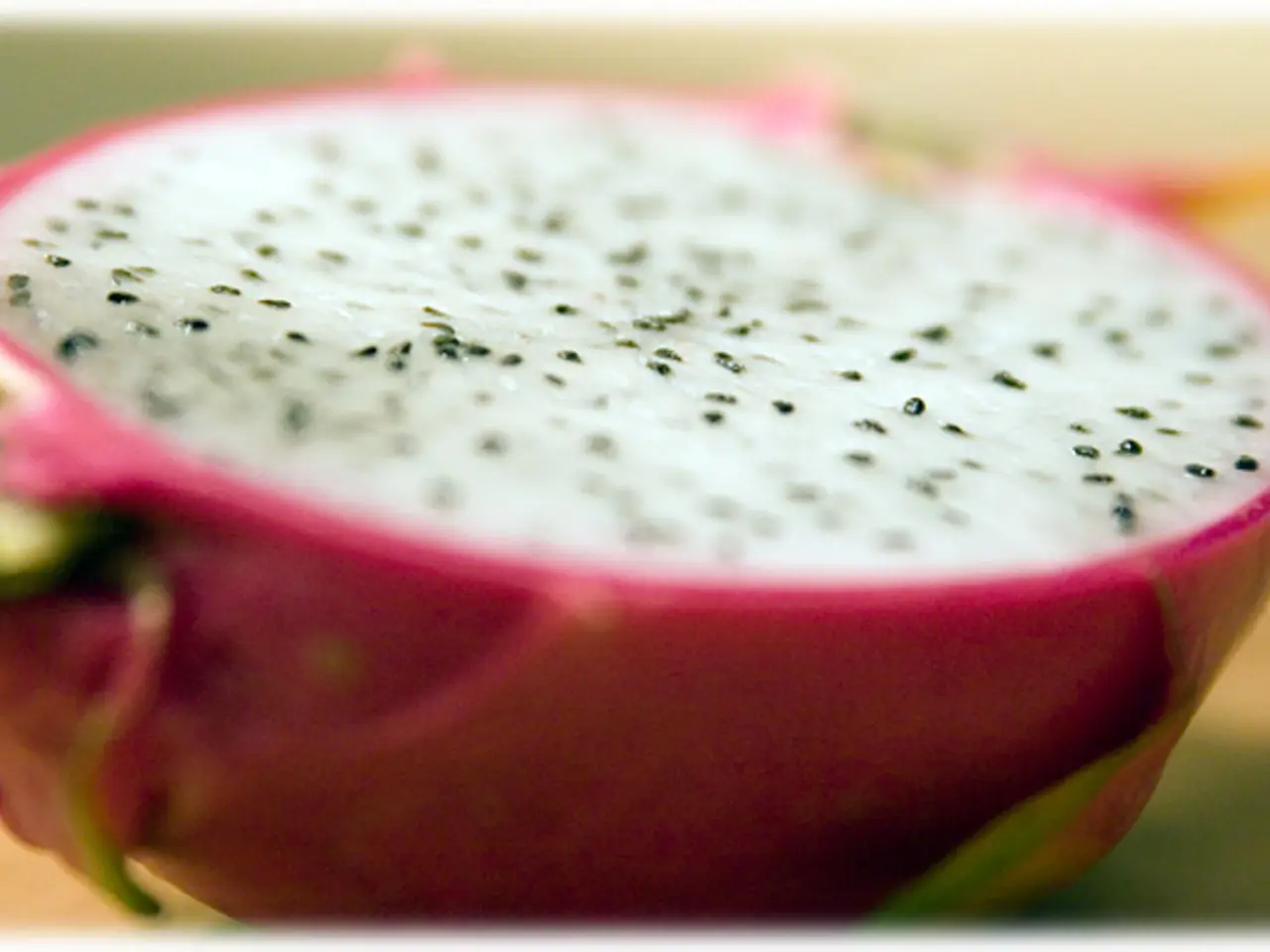Skin eruptions due to stress: Symptoms, remedies, and potential underlying factors
Stress can have a significant impact on our bodies, and one of the less common, yet noticeable effects is the development of stress-induced hives. These raised, red, itchy welts appear on the skin as a result of emotional stress or anxiety triggering the body's immune response.
Common causes of stress-induced hives include emotional stress and anxiety, which can lead to skin inflammation. Other factors such as allergens, physical triggers, infections, and autoimmune conditions can also contribute, but stress is a distinct non-allergic cause.
Symptoms of stress-induced hives include raised, red, itchy bumps or welts on the skin, often with clear edges. These welts can vary in size and shape and appear anywhere on the body, commonly the arms, torso, and hands. Symptoms may come on suddenly and last from a few hours to several days, with some cases experiencing reoccurrences over weeks.
First-line treatment for stress-induced hives involves antihistamines to reduce itching and swelling. In severe or widespread cases, oral corticosteroids may be prescribed to quickly suppress inflammation. H2 blockers, leukotriene modifiers, immunosuppressants, and biologics may be considered for chronic or resistant hives.
Managing emotional stress is crucial to prevent flare-ups. This can be achieved through relaxation techniques, therapy, or lifestyle changes. Avoiding known triggers, wearing loose clothing, avoiding extreme temperature changes, and practicing good hygiene and rest are also essential prevention tips.
If hives persist or worsen, it is important to seek professional medical advice for diagnosis and personalized treatment plans. In some cases, a doctor may refer a person to a skin specialist for further treatment and to identify triggers. It is also important to note that stress rashes can be harder to see on dark skin, so vigilance is key.
Cooling the skin can relieve itching from a stress rash. This can be achieved by taking a cool bath or using a cold compress. However, if the rash persists, it is advisable to contact a doctor.
It is essential to remember that while stress-induced hives are usually mild and can be managed at home using nonprescription antihistamines, prolonged stress rashes or those accompanied by serious symptoms require immediate medical attention.
Lastly, it is important to distinguish stress-induced hives from anaphylaxis, a severe allergic reaction that can be life-threatening. Symptoms of anaphylaxis include hives, swelling, wheezing, fast breathing, a fast heart rate, clammy skin, anxiety, confusion, dizziness, vomiting, blue or white lips, fainting, or loss of consciousness. If you suspect anaphylaxis, seek immediate medical help.
In conclusion, stress-induced hives are a physical manifestation of emotional stress, and understanding their causes, symptoms, and treatments can help individuals manage them effectively. By reducing exposure to stress through regular exercise, a healthful diet, therapy, or relaxation techniques, it is possible to prevent stress rashes and maintain overall skin health.
- Emotional stress and anxiety are common causes of stress-induced hives, which can lead to skin inflammation.
- Symptoms of stress-induced hives include raised, red, itchy bumps or welts on the skin, often with clear edges.
- Hives can recur over weeks, and they can vary in size and shape, commonly appearing on the arms, torso, and hands.
- First-line treatment for stress-induced hives involves antihistamines, while oral corticosteroids may be prescribed for severe or widespread cases.
- To prevent stress rashes, managing emotional stress is crucial through relaxation techniques, therapy, or lifestyle changes.
- Avoiding triggers, wearing loose clothing, avoiding temperature extremes, and practicing good hygiene and rest are essential prevention tips.
- If hives persist or worsen, it is important to seek professional medical advice to identify triggers and develop personalized treatment plans.
- Stress rashes can be harder to see on dark skin, so vigilance is key in detection and treatment.
- Cooling the skin can relieve itching from a stress rash, but persisting rashes warrant medical attention.
- Prolonged stress rashes or those accompanied by serious symptoms require immediate medical attention.
- It is essential to distinguish stress-induced hives from severe allergic reactions such as anaphylaxis, which can be life-threatening, and seek immediate medical help if suspected.




